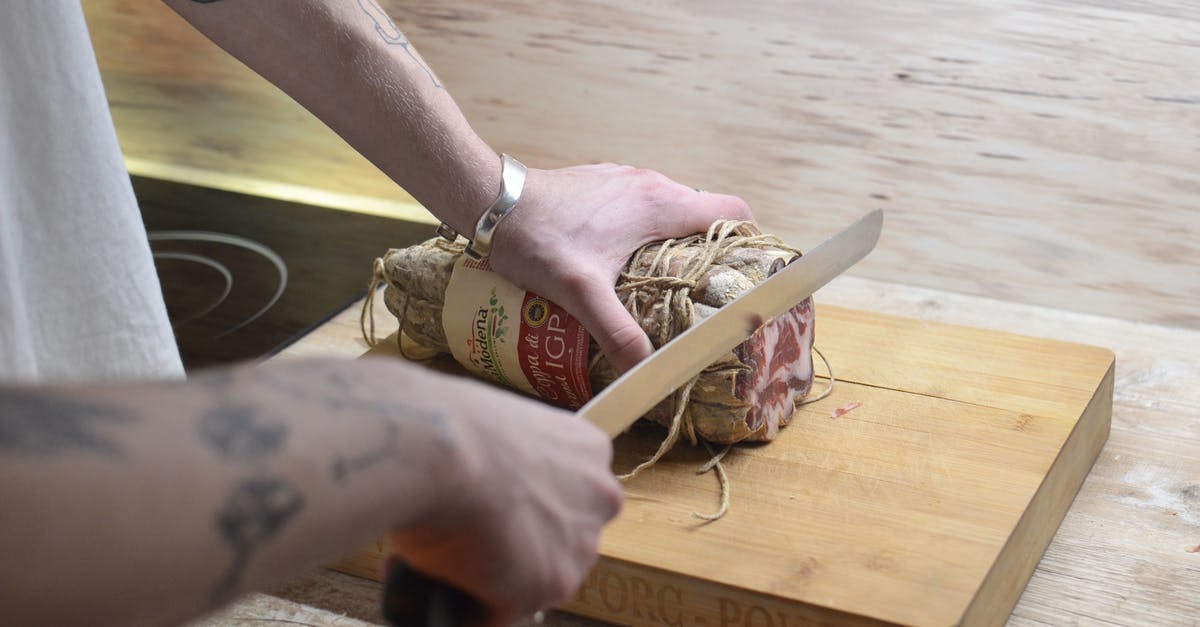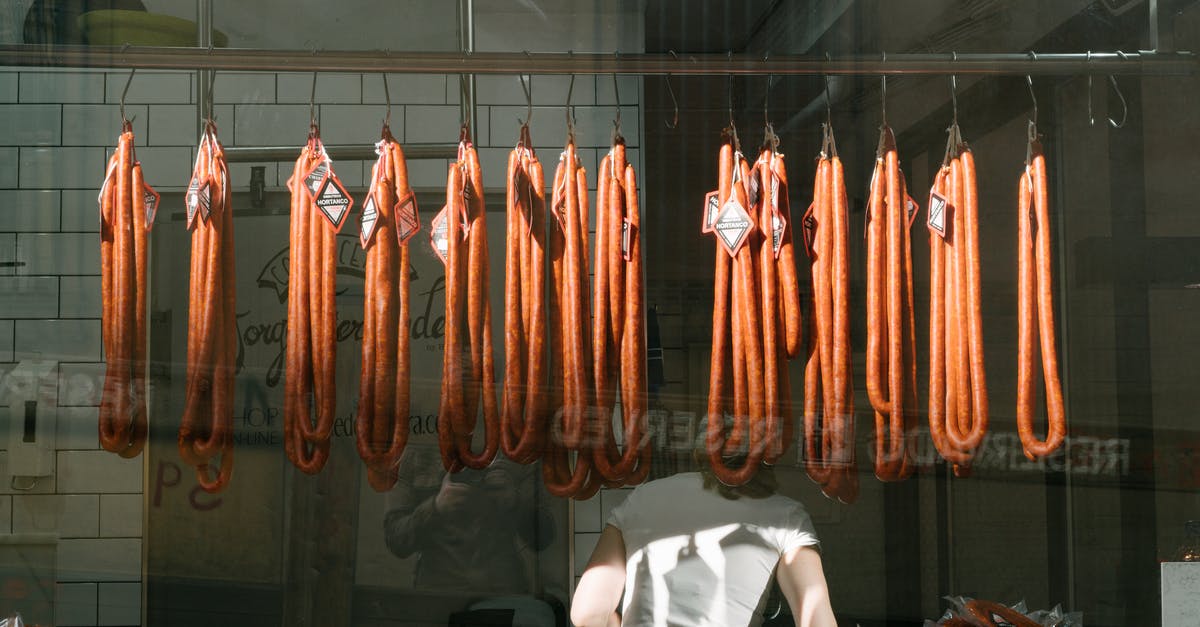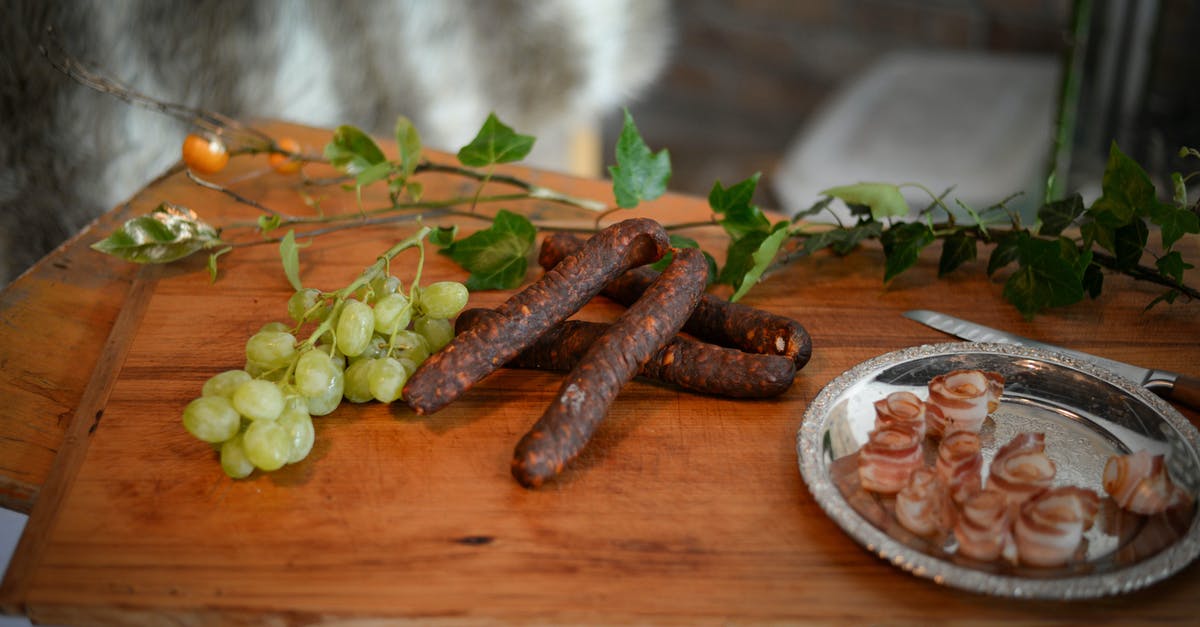Dealing with a hank of natural sausage casings

The hog casings I purchased came packaged in a large amount of salt, and I was not able to pull them apart. So, I removed the casings from the salt and put them all in soaking water.
That leads me to question 1: is this the normal practice? Soaking the entire hank even if you aren't planning to use all of it? Should they be easier to pull apart when salted?
After soaking all of them, based on what I've read, I should be able to take any that are not used when making sausage this evening, pat them dry, and put them back on salt and safely store them. So this brings me to question 2: Can anyone verify if this is true - you can safely re-salt the rehydrated hog casings that haven't been used? Or did I just waste 10$ of pig gut for a relatively small amount of sausage.
Best Answer
- Hanks of casing aren't generally that big (of course, this is relative - if you're only making one pound of sausage it's gigantic!) so I've always soaked the whole thing. They should be slightly easier to pull apart, but it helps a lot if you soak them in slightly warm water and then after they've soaked for a bit, find the end and run warm water through the hole (so it goes into the casing), then pull the end out of the hank so the water runs down and through the inside of the remainder of the casing. The water will bulge out the casings and help to make them easier to remove and also wash out the inside (which also contains some salt) - once you have the casings separated as you want them, you should wash them out using this method again.
- I have saved the leftovers in the past, but how you do it depends on how long it will be before they're used. In any case, you should rinse them in warm salt water as when you're making sausage, bits of meat tend to find their way where you don't want them.
If you're going to use them soon, just make a more heavily salted brine than what you rinsed them in, make sure the brine covers them completely and there's no air inside, and put them in the fridge (ideally in a dark container)
If it will be longer than a week, you can brine and then freeze them - but this is a bit of a controversial issue. Some say this weakens the casings, but I've done it in the past for up to a month with no problems. Your milage may vary. In the future, if possible, only buy what you need.
Pictures about "Dealing with a hank of natural sausage casings"



Quick Answer about "Dealing with a hank of natural sausage casings"
They should be slightly easier to pull apart, but it helps a lot if you soak them in slightly warm water and then after they've soaked for a bit, find the end and run warm water through the hole (so it goes into the casing), then pull the end out of the hank so the water runs down and through the inside of the ...How do you handle natural casings?
Sealing Natural CasingsHow do you seal natural sausage casings?
To prevent casings from becoming chewy, make sure to pierce them before smoking the sausage. Doing so will make the casing much more tender. The reason why the casing stays more tender after having been pricked is because it allows a little bit of the air and fat to get out.Ron Shows How To Use Natural Sausage Casings
Sources: Stack Exchange - This article follows the attribution requirements of Stack Exchange and is licensed under CC BY-SA 3.0.
Images: Skylar Kang, ArtHouse Studio, Piotr Arnoldes, Milan
